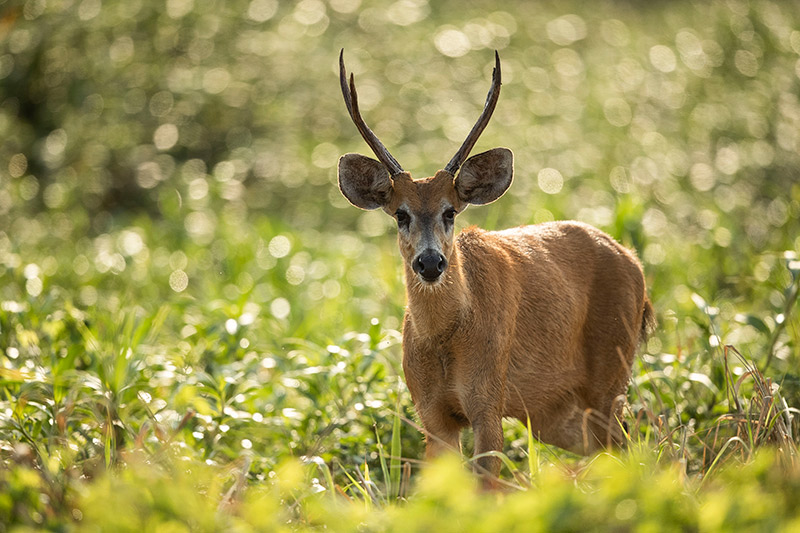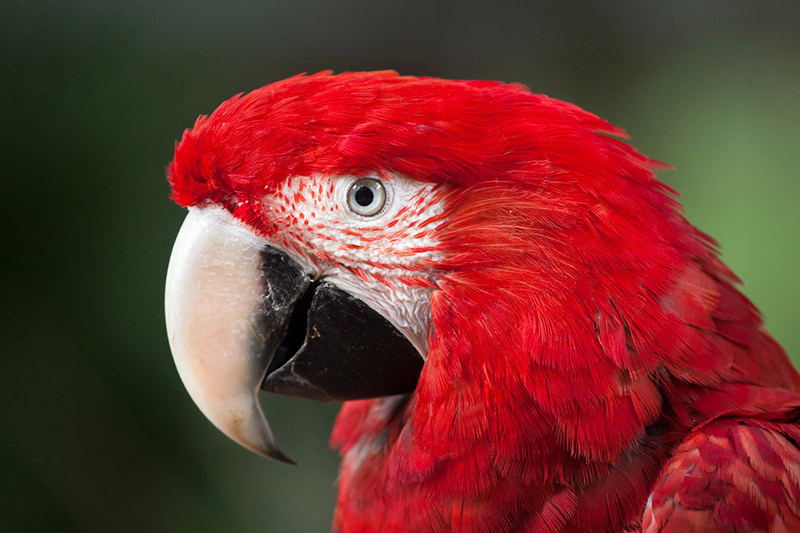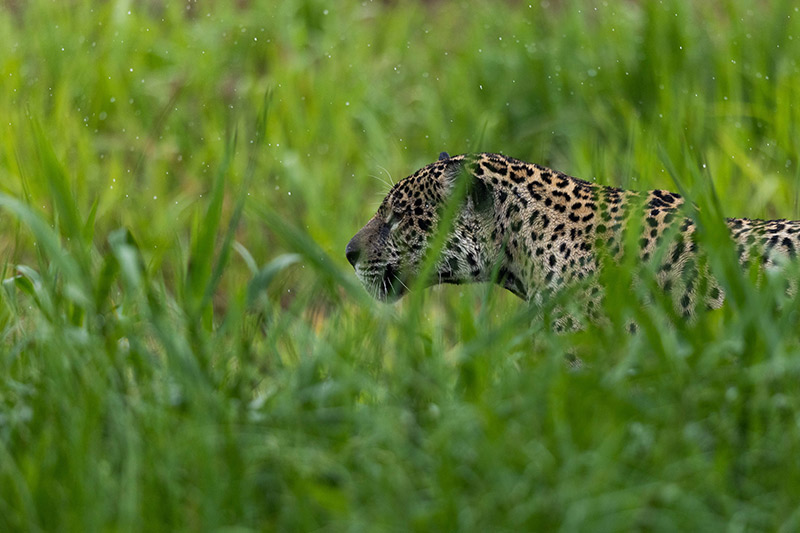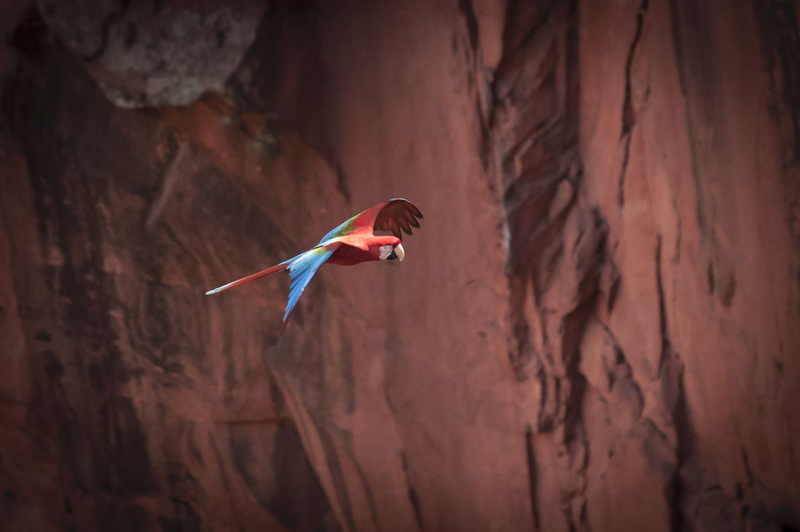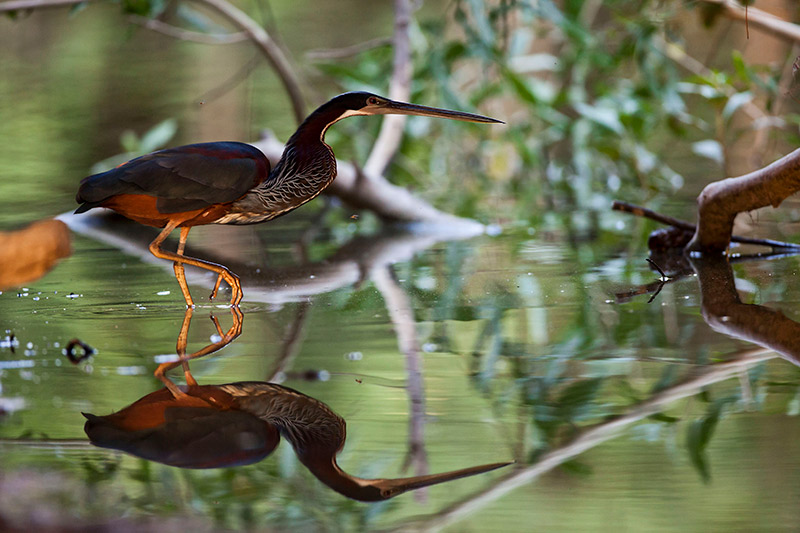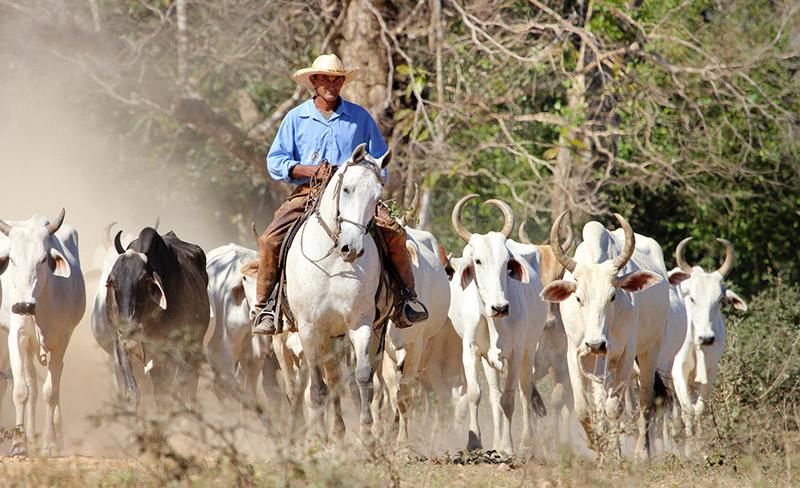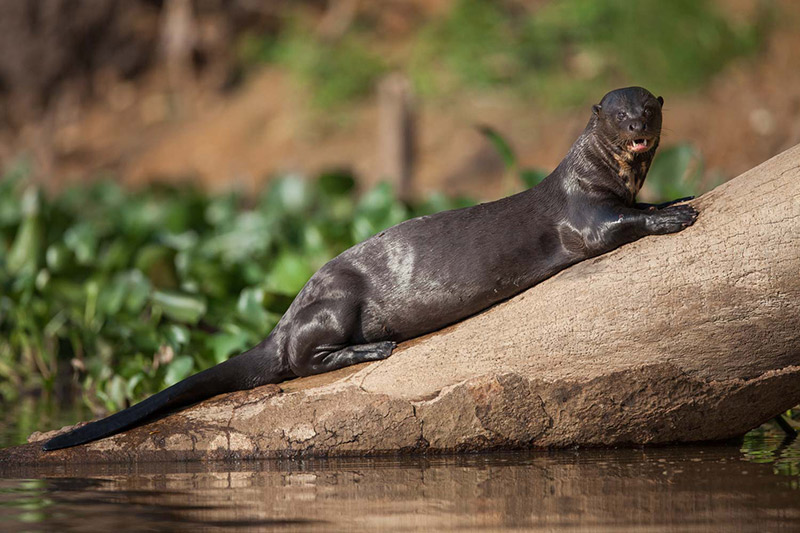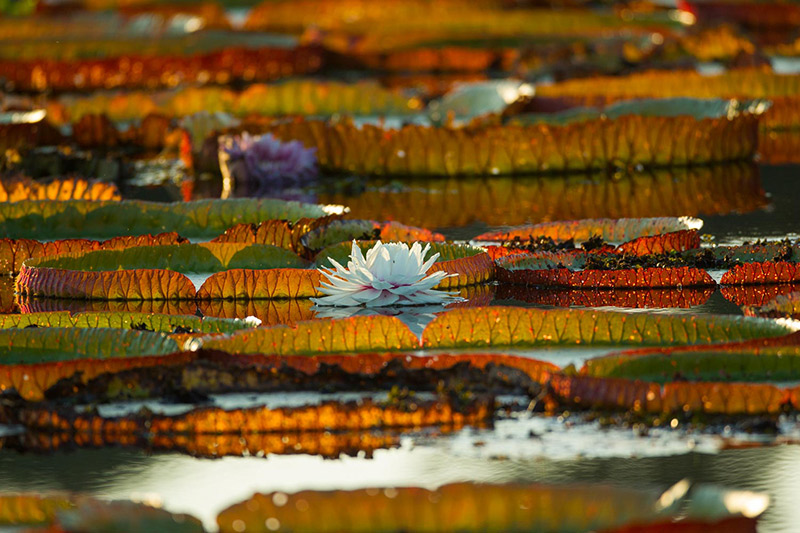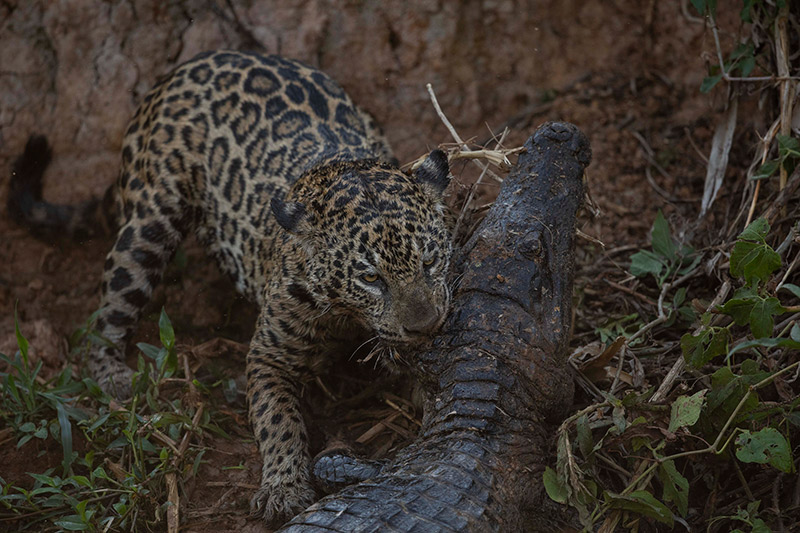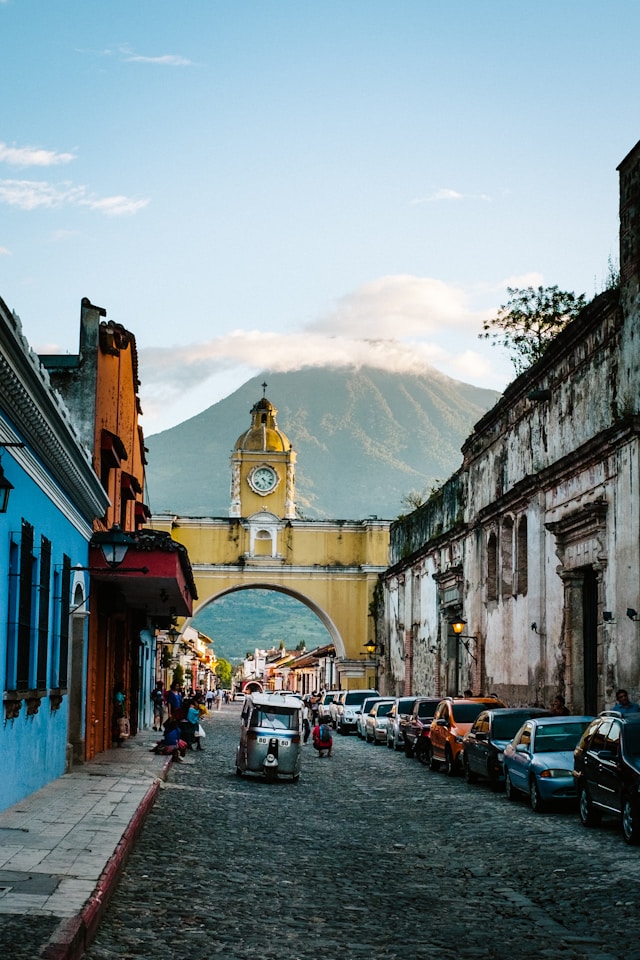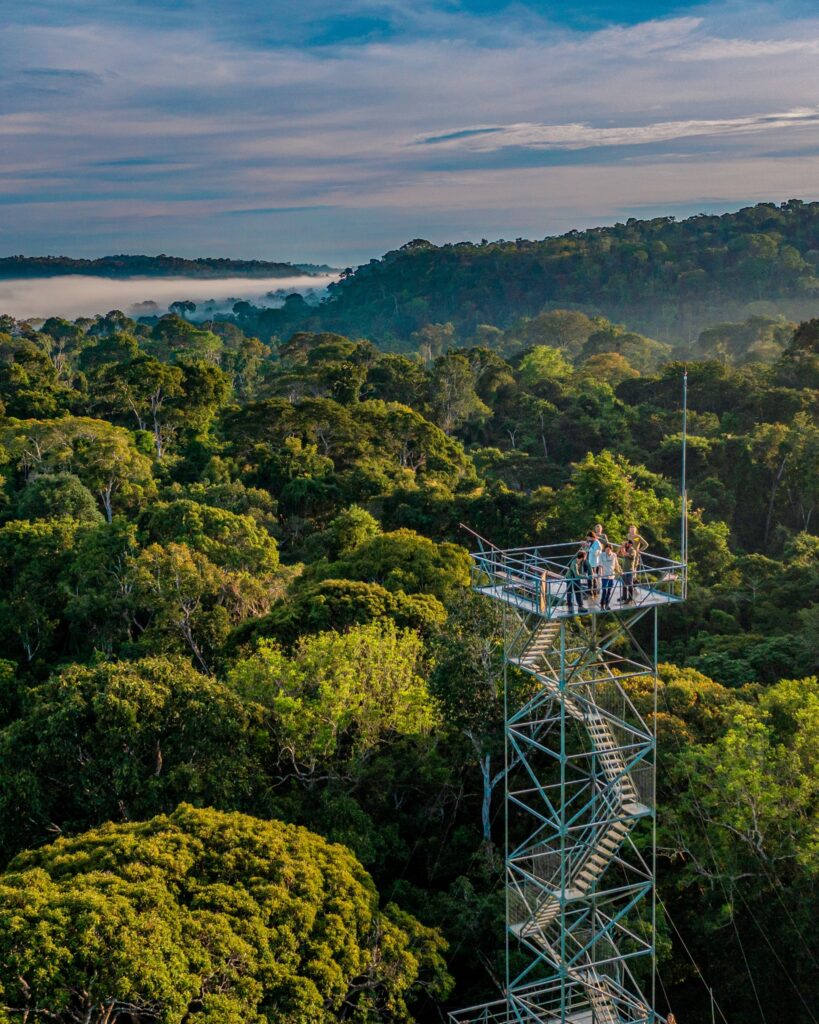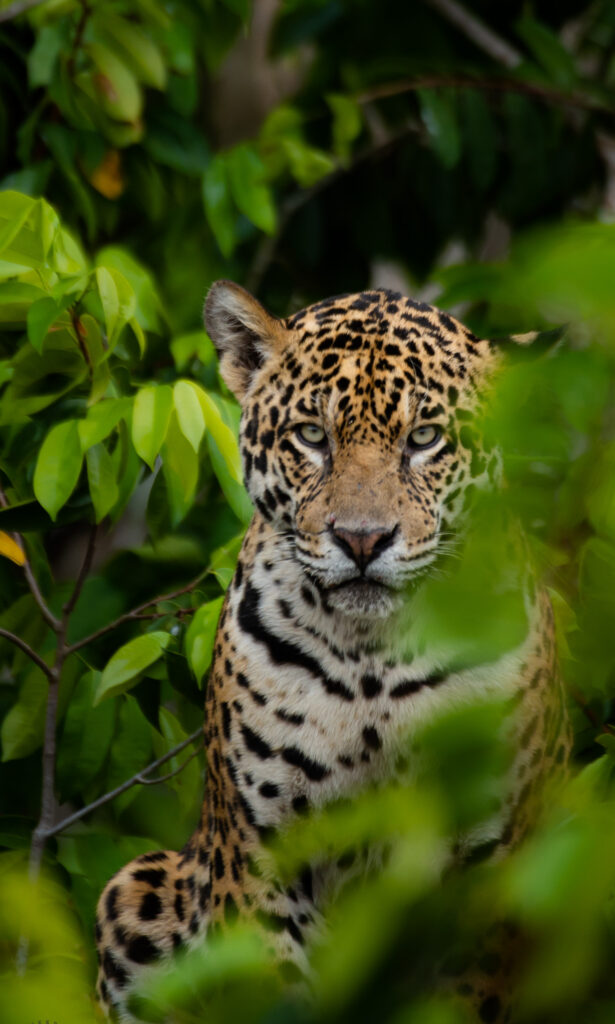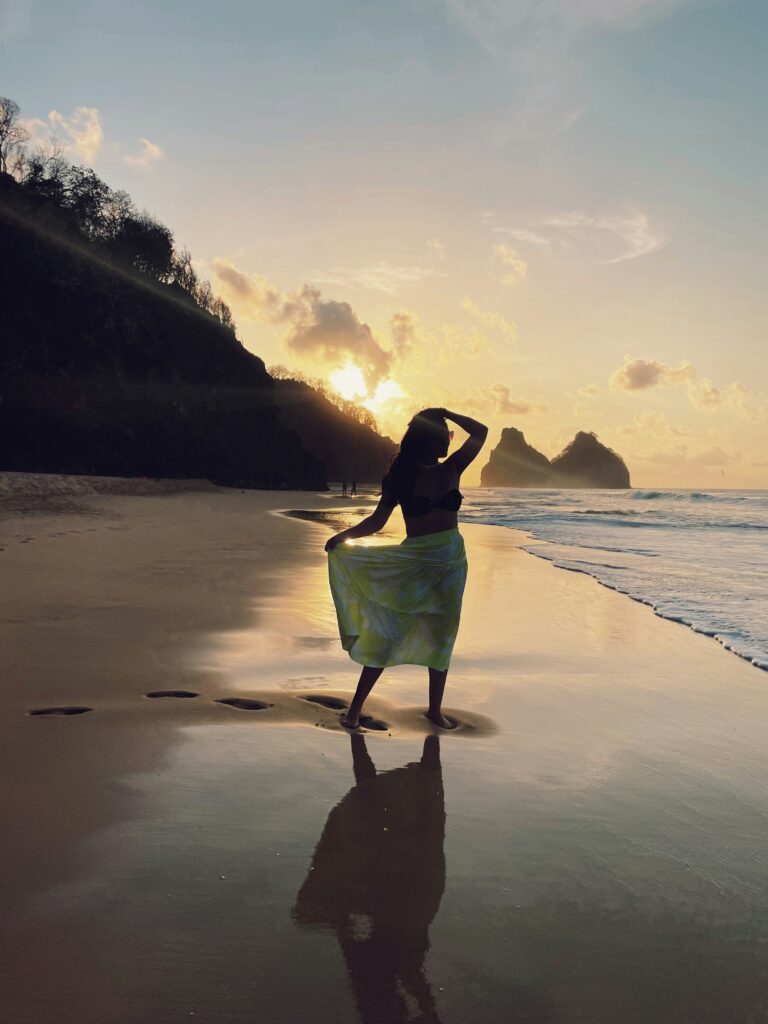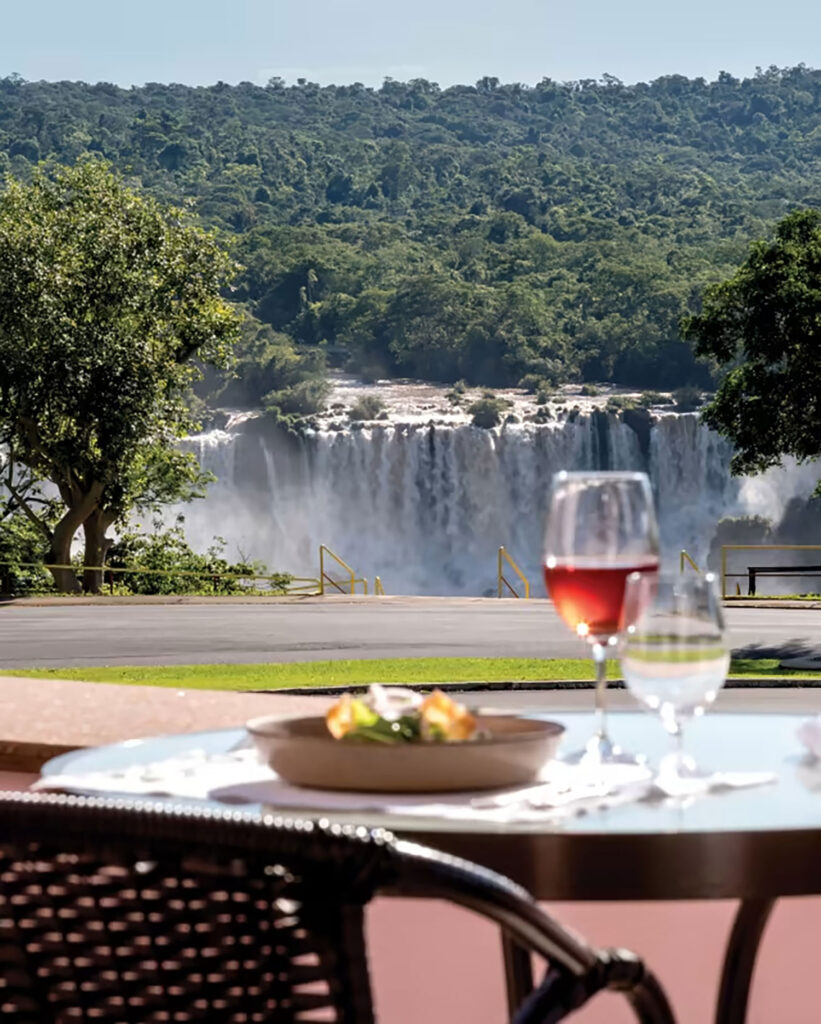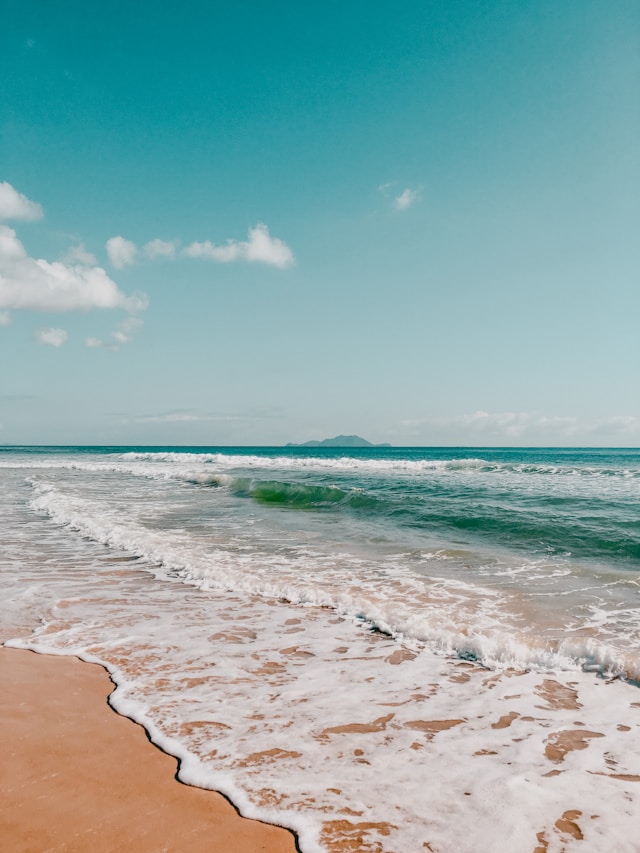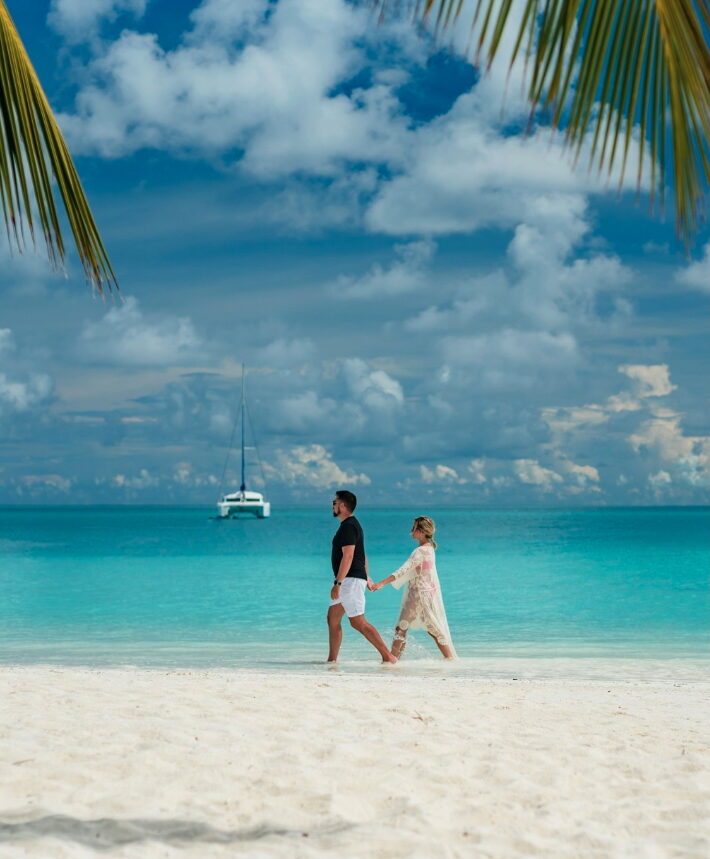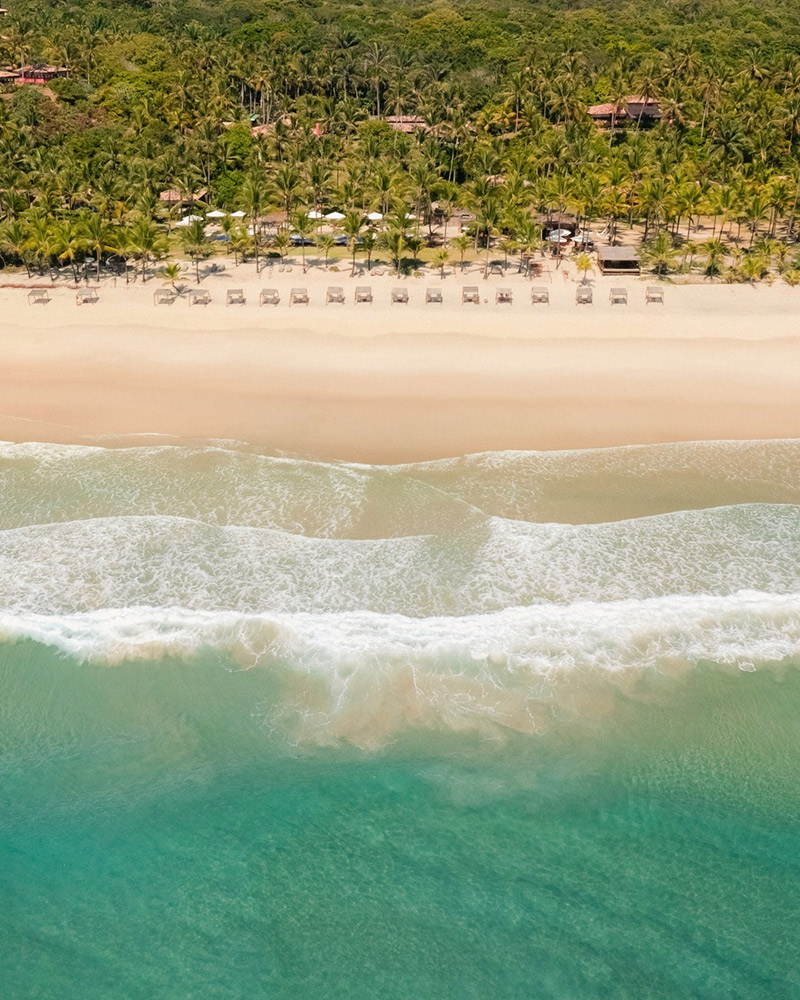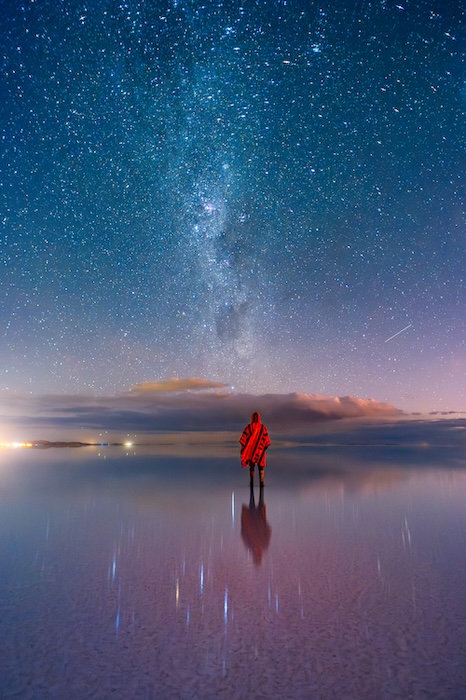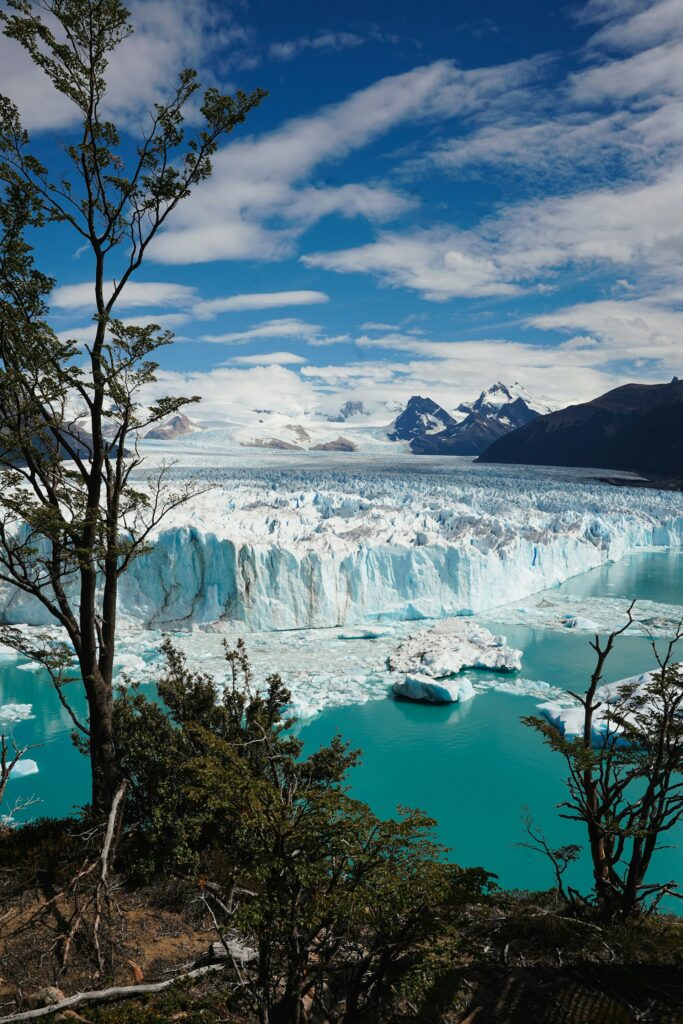
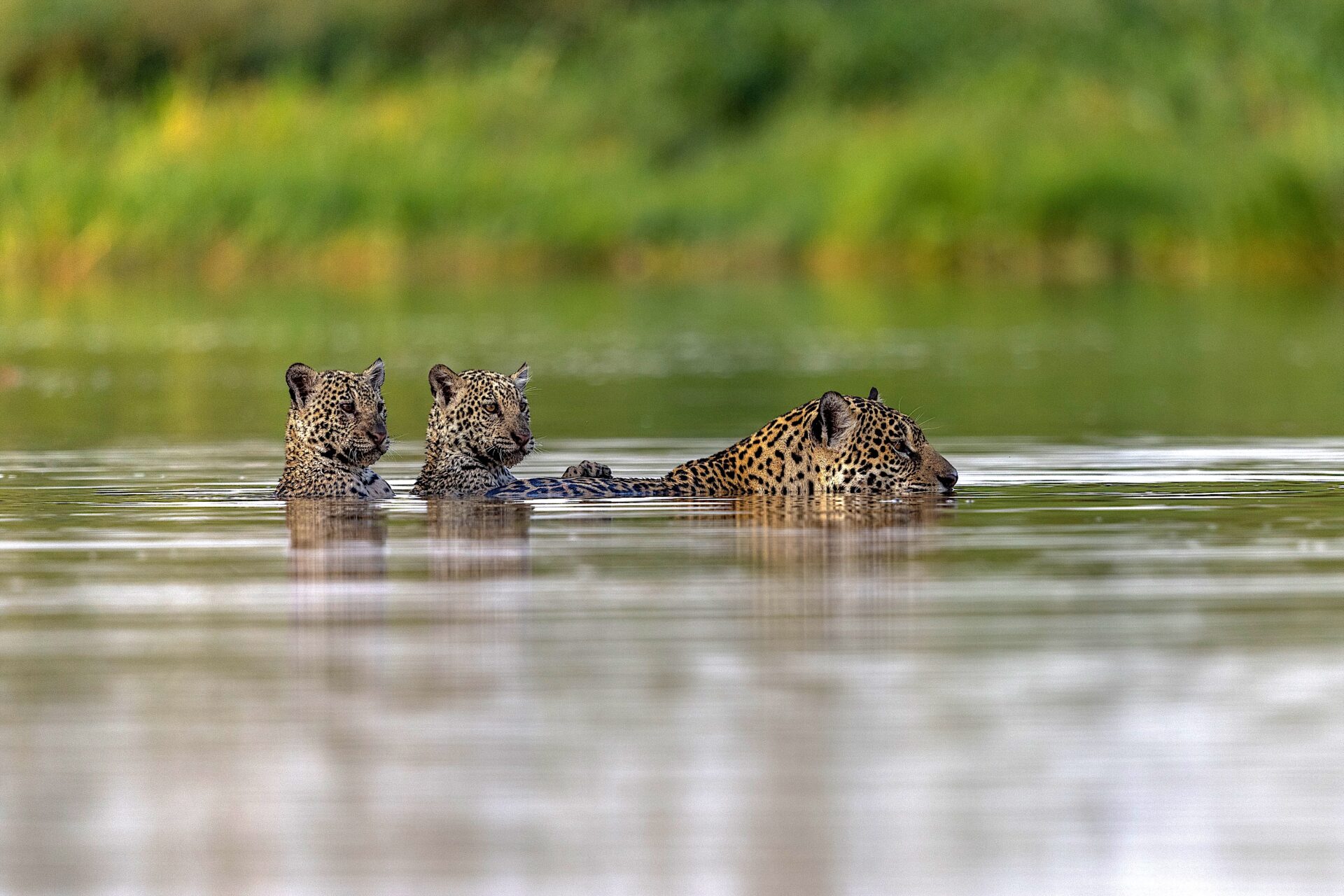
Best of the Pantanal & Bonito | 12 Days
Recommended dates: May to October
Blue skies, lush greenery, and golden sunsets. The white plumage of the jabirus, the earthy brown of the capybaras, and the yellow of the jaguars. The Pantanal is an explosion of vibrant colors that will mesmerize you. Not to mention the starry sky, the open and flooded fields, and the rich biodiversity, which leave any photographer in awe. Visit the Pantanal and marvel at every visual and tactile feature it has to offer.
Rates per person starting at: USD 10,460
Highlights of the journey
- Wildlife haven
- Immersive nature experience
- Expert naturalist guidance
- Visit iconic places like Gruta do Lago Azul
The Magnificent Wildlife and Breathtaking Nature
The numbers are astonishing: 93 reptile species, 122 mammal species, around 300 species of fish, over 600 bird species, and 1,032 butterfly species have been recorded in the Pantanal, according to the WWF. This vast wetland, stretching across 96,525 square miles in the heart of South America, is the largest tropical wetland on Earth. While it may lack the global fame of the Amazon, its open landscapes — free from dense forests and towering trees — offer unmatched opportunities for spotting a wide variety of wildlife in their natural habitat.
Your journey begins in the Southern Pantanal, where the diverse ecosystem of wetlands and savannahs is a haven for birdwatchers and wildlife enthusiasts. Here, giant anteaters roam the grasslands, hyacinth macaws fly in vibrant pairs, and marsh deer graze peacefully. From this rich mosaic of life, the expedition continues to Bonito, a jewel of crystalline rivers, dramatic waterfalls, and the iconic Macaw Sinkhole (Buraco das Araras). At this natural observatory, visitors can photograph red-and-green macaws soaring against the striking backdrop of sandstone walls — an unparalleled spectacle for photographers and nature lovers alike.
The adventure then transitions to the northern Pantanal, where Porto Jofre offers one of the world’s best opportunities to observe jaguars in the wild. Known as “el tigre de las Americas,” these majestic big cats weigh up to 330 pounds and are often seen along the riverbanks, hunting or resting. In addition to jaguars, the northern Pantanal is teeming with caimans, giant otters, capybaras, and a dazzling array of birdlife, all thriving in this unique and biodiverse landscape. This seamless blend of ecosystems and wildlife culminates in an unforgettable experience for any nature enthusiast.
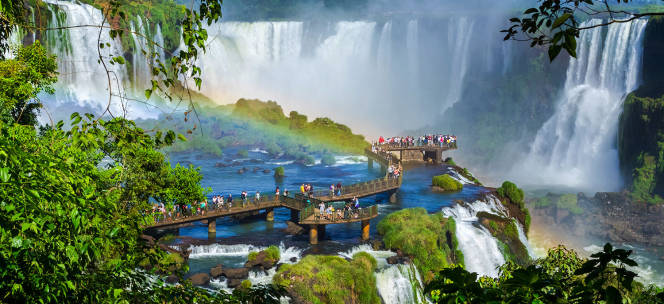
Itinerary
Everything you can expect, day by day.
Day 1 | Campo Grande
Arrival at Campo Grande airport (CGR) and transfer to your hotel. Campo Grande, the capital of Mato Grosso do Sul, is well-connected with daily flights from major Brazilian cities such as São Paulo, Rio de Janeiro, and Cuiabá (Northern Pantanal).
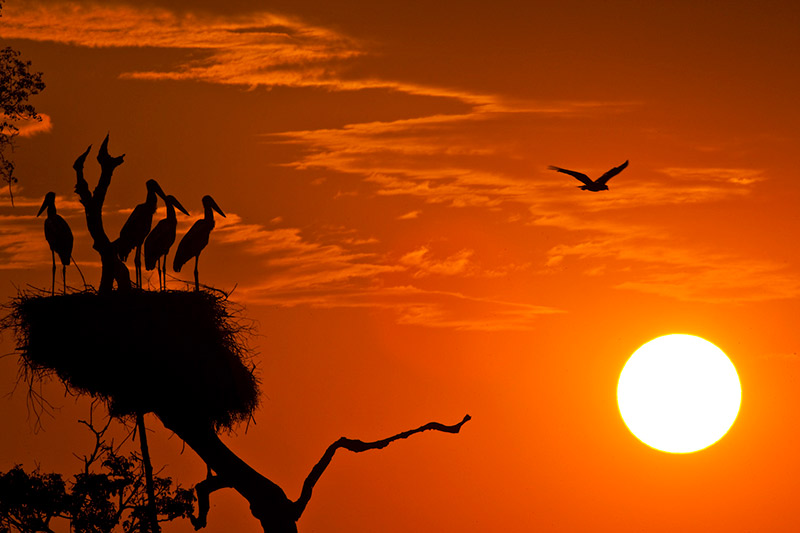
Depending on your arrival time, you may rest at the hotel or head out to enjoy dinner at one of the city’s nice restaurants to experience the local cuisine.
Day 2 | Campo Grande – Aquidauana
After breakfast, transfer to Aguapé Lodge. The drive will take approximately 3.5 hours (around 190 km) to reach our next base, Pousada Aguapé. In the afternoon, you’ll have the opportunity to embark on your first safari in the surrounding area, where you’ll have your first encounter with the rich local wildlife.
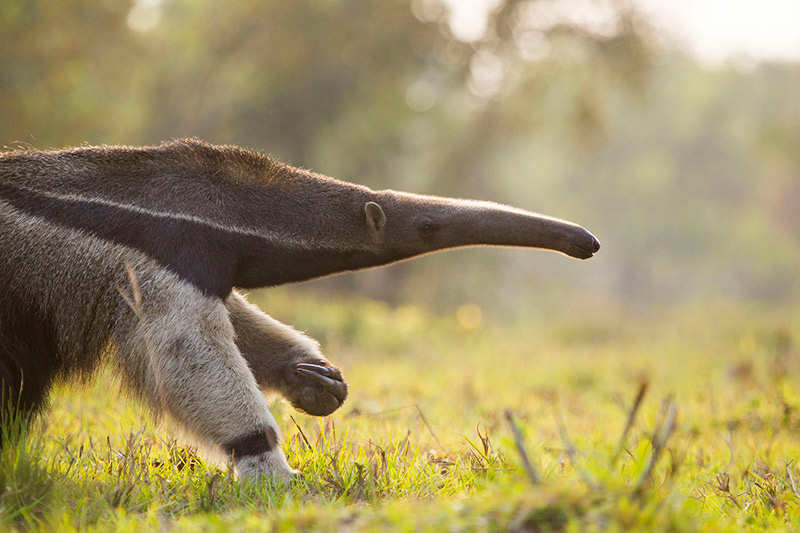
One of the highlights of this region is the Giant Anteater, one of our main targets for observation and photography. Dinner will be served at the lodge.
Days 3 and 4 | Aquidauana
Full days dedicated to immersing yourself in the incredible biodiversity of the lodge’s surroundings with a private vehicle, a local guide, and a South Quest senior naturalist guide.
Start your day by observing the lively feeders, where you’ll be treated to sightings of toco toucans, red-crested cardinals, plush-crested jays, nanday parakeets, and more! After breakfast, we will embark on an exciting safari in an open vehicle, venturing deep into the area to track down the Giant Anteater, the most iconic mammal of the Southern Pantanal.
Throughout the days, you’ll have plenty of opportunities to encounter other fascinating wildlife, such as the Southern Tamandua, Pampas Deer, and nine-banded and yellow armadillos. In addition to these mammals, the area is a haven for bird lovers, offering countless chances to admire the vibrant birdlife that calls this region home.
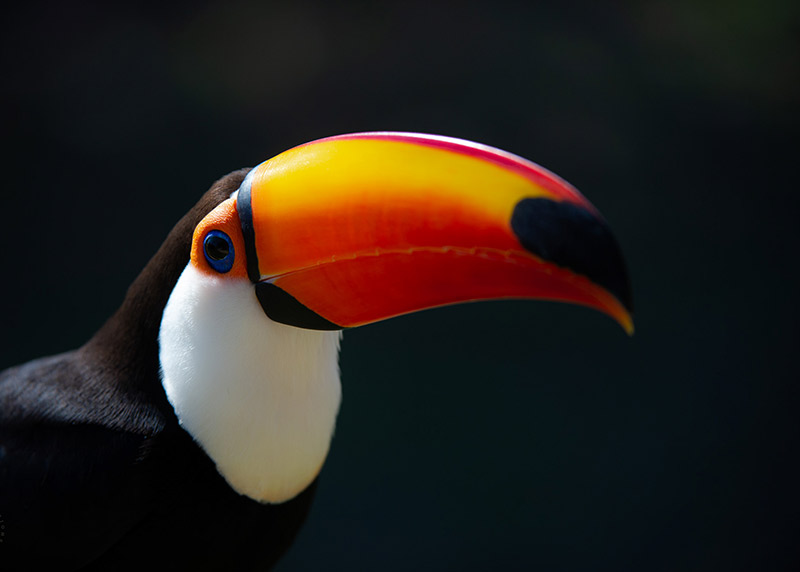
Every moment of the day will be filled with the thrill of wildlife discovery, making it a perfect experience for nature enthusiasts.
Day 5 | Aquidauana – Buraco das Araras – Bonito
In the morning, we will drive to the Bonito region for around 3 hours (around 250km), arriving first at Rio da Prata, where we will have lunch. Later, from here, we will drive around 20 minutes (20km) and visit the famous Buraco das Araras. In this sandstone sinkhole, the Red-and-Green Macaws stay all day long, flying around and inside, providing great photographic opportunities!
Key species of the day: Red-and-Green Macaw, Lineated Woodpecker, Blue-and-Yellow Macaw, Amazonian Motmot, Peach-Fronted Parakeet.
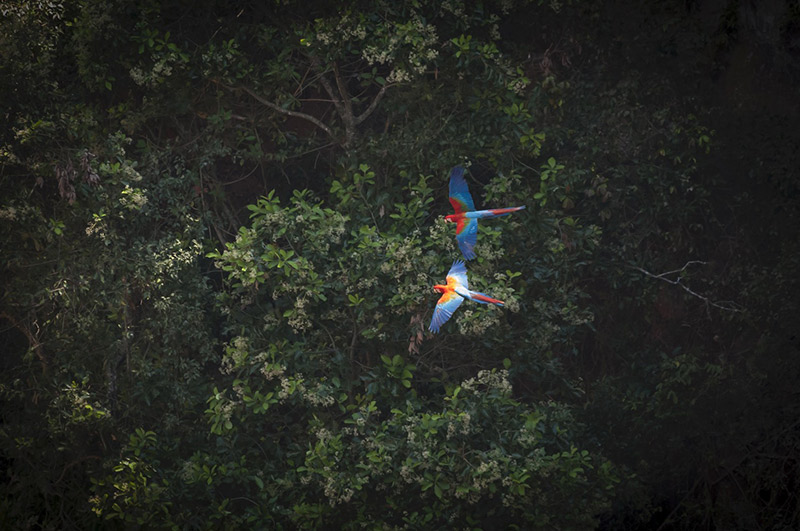
After we drive 50 minutes (60km) until our lodge in Bonito, check in at the hotel overnight. Dinner will be served in the town of Bonito.
Day 6 | Bonito
Early in the morning, you’ll visit the iconic Gruta do Lago Azul, renowned for its crystal-clear blue lake nestled deep within the cavern. The sunlight filtering into the cave enhances the vivid blue hues of the water, creating a mesmerizing and almost magical atmosphere — a truly unforgettable experience. Afterward, you’ll enjoy lunch near the stunning Rio da Prata.
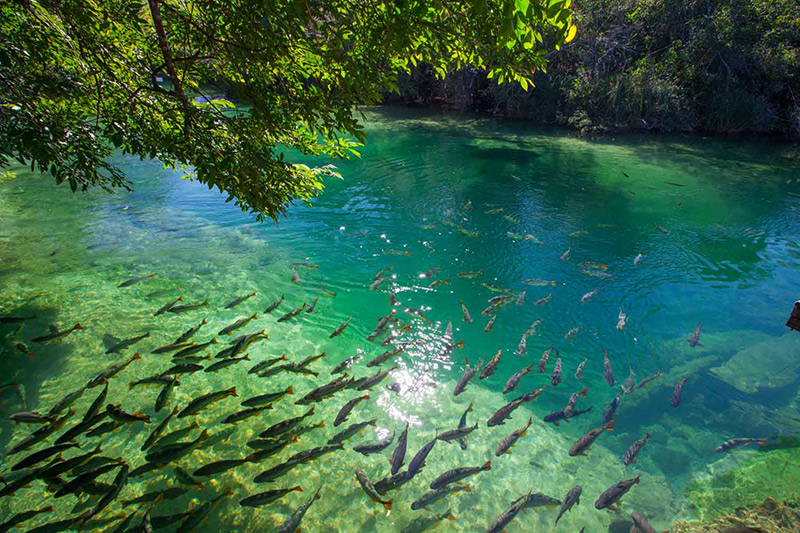
Following lunch, you’ll have the opportunity to embark on a unique snorkeling experience, floating through its crystal-clear waters teeming with vibrant aquatic life.
Day 7 | Bonito – Campo Grande
After breakfast, we will revisit the captivating Buraco das Araras, a natural sinkhole that serves as a sanctuary for the vibrant red-and-green macaws. This second visit offers an excellent opportunity to capture new angles and behaviors of these majestic birds in their natural habitat.
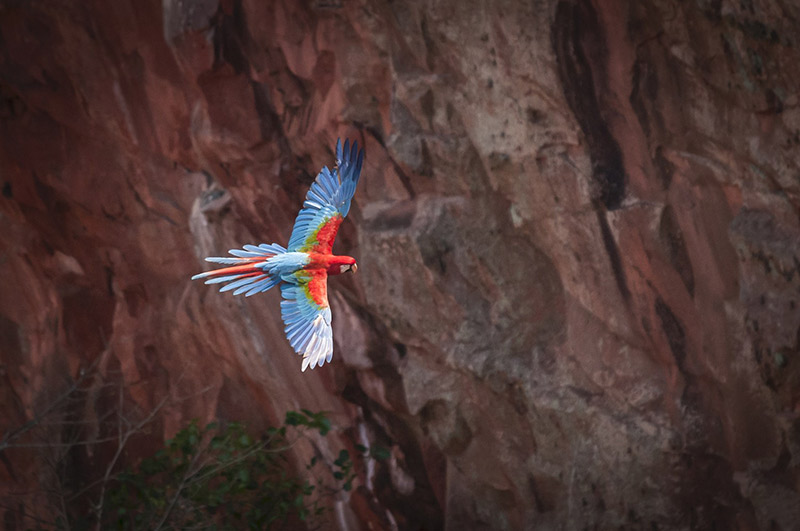
Following our morning photography session, we will enjoy a delightful lunch before beginning our journey back to Campo Grande.
Day 8 | Campo Grande – Cuiabá – Porto Jofre
Following breakfast, we’ll catch a domestic flight to Cuiabá, then embark on a 5-hour drive to Porto Jofre, where we’ll be based for the upcoming days. During the trip, we’ll stop at various points to photograph the diverse wildlife that resides in this remarkable area.
Porto Jofre, situated at the end of the famous Transpantaneira Park Road and on the banks of the Cuiabá River, is renowned as the realm of the largest cat in the Americas, the majestic jaguar.
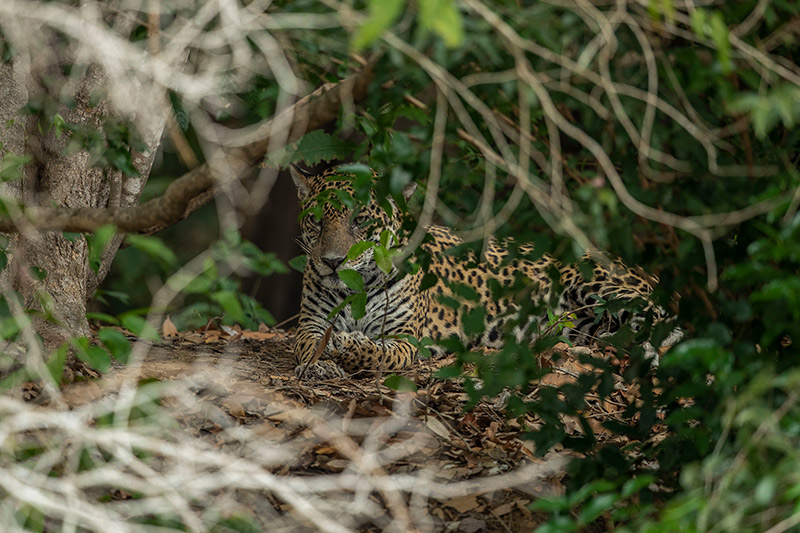
After check-in at our lodge, we will kick off the adventure with a half-day boat excursion, exploring the waterways in search of the local wildlife that thrives in this pristine habitat.
Days 9, 10 and 11 | Porto Jofre
Full days will be dedicated to exploring the winding Cuiabá River and its intricate channels in search of the majestic Jaguars and the rich riverine wildlife. You’ll embark on a boat with a senior local naturalist, who will expertly guide you through the maze of waterways deep into prime jaguar territory, offering some of the most reliable sightings in the world. Your guide will ensure that the boat is perfectly positioned for the best angles, providing fantastic opportunities for viewing and capturing stunning photos of these incredible creatures in their natural habitat.
While the main focus of this tour is the jaguar, you’ll also have the chance to witness and photograph various other rare and iconic species. Keep your eyes open for the playful Giant River Otter, the elusive Neotropical Otter, the mighty Tapir, and a variety of striking birds such as the Yellow-Billed Tern, Black Skimmer, and several species of herons. You may even encounter the mysterious Anaconda, adding an extra thrill to your adventure.
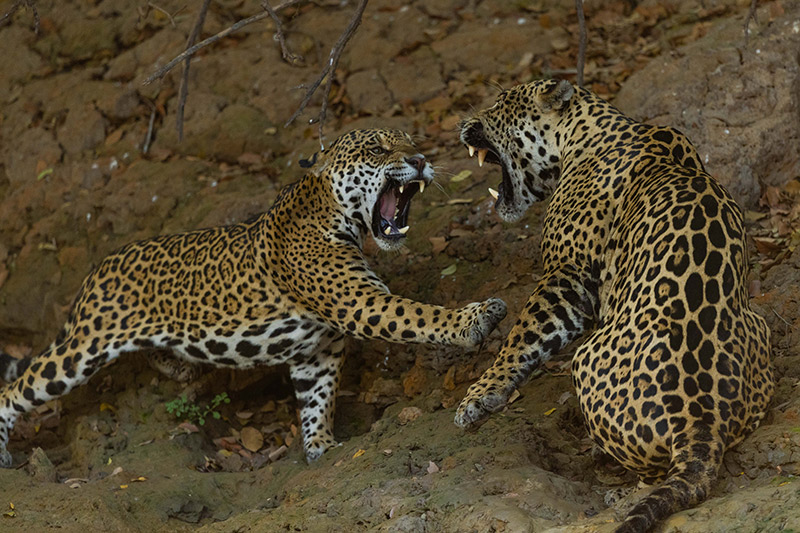
This journey offers the excitement of jaguar tracking and an immersive experience with the extraordinary wildlife that calls this region home.
Day 12 | Porto Jofre – Cuiabá – departure
After a final breakfast, we will check out and begin our scenic drive back to Cuiabá, which will take approximately five hours. Upon arrival at Cuiabá airport, you will catch your flight for departure, taking with you unforgettable memories of the incredible wildlife and landscapes you’ve experienced in the heart of the Pantanal.
Tour Price
This is a private tour designed for 2 guests.
Rates per person starting at: USD 10,460 | Single supplement: USD 880
Payment Policy:
- 30% deposit
- Balance due 60 days prior arrival
More Information
- A 30% deposit will be requested after the booking confirmation. This deposit guarantees the reservation and is not refunded in case of trip cancellation for any reason. The deposit amount will be deducted from the remainder of the payment.
- The itinerary description gives an idea of the activities we will seek to do during the tour. However, the itinerary can be changed according to weather conditions, recommendations from the local guide, or for reasons of force majeure.
- There is no service booked at the moment, and it’s all subject to availability.
Accommodation:
- Porto Jofre: Hotel Pantanal Norte
- Aquidauana: Pousada Aguapé or similar
- Bonito: Pousada Olho D’água (Superior Room)
- Campo Grande: Deville Hotel (Standard Room)
- Cuiabá: Gran Odara (Standard Room)
Services:
Included
- Full board, except in Campo Grande and
- Cuiabá where breakfast is included
- All taxes and permits
- Commercial flight from Campo Grande to Cuiabá (23kg for checked baggage)
- South Quest Safaris specialist as your guide during the whole trip
- Private transportation in A/C vehicles during the whole program
- All entrance fees and taxes
Not Included
- International flights
- Brazilian visa (if necessary)
- Early check-in and late check-out at the hotels
- Other food and beverage in addition to the listed
- Travel insurance (mandatory)
- Expenditure of a personal nature such as drinks, souvenirs, laundry, tipping etc.
Cancellation and refund policies
- All cancellations and trip change requests must be made in writing by mail or by email and received, and acknowledged by SouthQuest.
- All cancellations requested up to 61 calendar days prior to departure have non-refundable security deposits unless SouthQuest is able to renegotiate the terms with the service providers. That is why it is important that cancellations are announced as early as possible.
- Cancellations made with 60 calendar days or less prior to group starts are assessed a cancellation fee of 100% of the trip price, including domestic flights, extensions, and extra services such as hotel nights
Photo credit: João Marcos Rosa/South Quest; Ricardo Casarín/South Quest.
Enquire now!
If you want to book this tour, customize the itinerary or take any questions, please fill out the form below and our team will get in touch with you as soon as possible.

